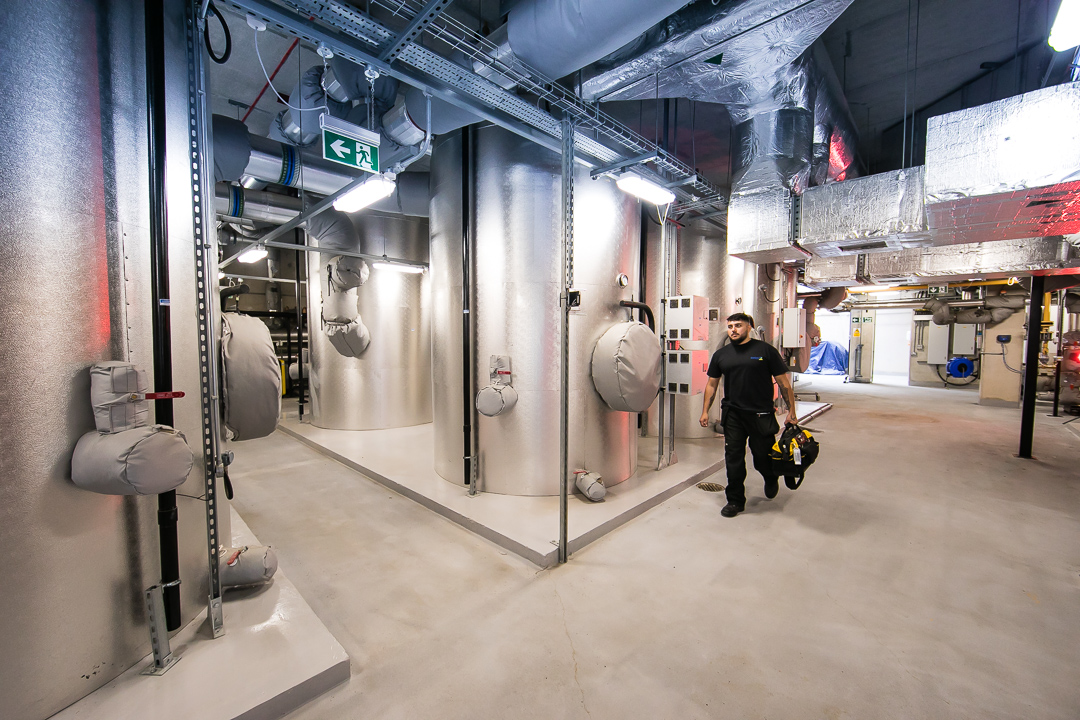In this blog, our Head of Market Strategy, Ian Allan, reflects on the changes to communal heating systems in the last 30 years and explores how going back to basics with maintenance can help housing associations, local authorities and private developers deliver significant savings.
When I started in heat networks some 30 years ago there were no Heat Interface Units (HIUs), heat networks were balanced using a pair of double reg valves in each property. Switch2 introduced the use of new electromagnetic heat meters to help set flow rates, by accurately measuring the flow through the property.
The main purpose of a planned maintenance visit was to ensure the heat network was balanced correctly and each property was set to the designed flow rates and the bypass control was correctly set.
Being able to accurately measure the flow rate using the heat meter played a significant part in improving the quality of heat delivery on heat networks at the time.
Move on 20 (or 30) years and HIUs have replaced a pair of double reg valves and a strainer, and perhaps with their added complexity, have provided better control and the opportunity to move to instant hot water. However, it could be argued that HIUs have obscured the first principles around balancing a heat network during a maintenance visit.
Combine this with new leaner diversity factors and leaner designs with smaller pipe sizes, those first principles of ensuring your heat networks are correctly balanced are even more important as the margin for error is diminishing.
Networks with poor balancing and bypasses may cope during normal temperatures, however when temperatures drop to the low levels we have seen recently, resulting in very high heat demand any weakness in distribution balancing and bypasses will be exposed and result in inadequate heat distribution, leaving some or many residents in the cold
So, if you have been in the unfortunate position of not being able to deliver enough heat to all your residents over during the recent cold snap, perhaps now is a good a time to review the strategy around balancing the distribution network and controlling bypasses.
It should also be noted, that getting the system balance correct will deliver savings through reduced heat losses, reduced pumping cost and increased boiler efficiency. At the current gas and electricity cost these savings will potentially run to hundreds of £’s per year, per apartment or flat.
If you’re a housing association, local authority or private developer looking to improve the performance of your heat networks, register now for our efficiency conference – Cost, Carbon, Compliance.
Alternatively, if you’d like to speak to one of our experienced team about how we can support you to reduce outages, simply fill out the form below and we’ll get back to you shortly.


